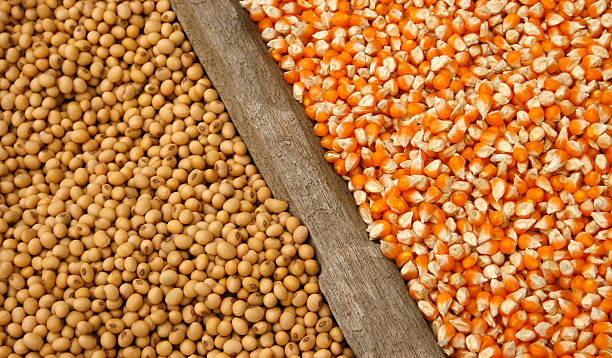Last summer, I wrote a Southern Ag Today article about the strength of dairy prices. After a great deal of volatility during 2020 and 2021, prices for cheese, butter, and nonfat dry milk pushed farm level milk prices beyond what was seen in 2014. The US All Milk price actually exceeded $27 per cwt last April and May and just missed that level in June. Increases in feed cost definitely bit into those price levels, but margins were as attractive as they had been in several years. Since that time, milk price has fallen by about $4 per cwt. Feed costs have also decreased, but not by as much proportionally. The figure below shows both US All Milk Price and Dairy Margin Coverage (DMC) feed costs since January of 2014. (Note: Dairy-DMC did not exist for this entire time period, but the chart was intended to give historical perspective).
US All Milk Price and DMC Feed Cost
January 2014 to January 2023, $ per cwt

The last data point in the chart above is for January of 2023 and that is where I want to focus this discussion. Dairy margins have shifted in recent months such that the DMC margin for January of this year was $7.94, so payments will be made at the $9.50 coverage level. This is the highest level of coverage available to producers covering up to 5 million pounds of annual milk production history. This means that a payment of $1.56 will be made on one-twelfth of the year’s covered production. The January payment alone will cover over 80% of the total premium cost for 2023 and coverage is still in place for the remaining 11 months for which margins are not yet known.
The figure below shows the DMC Margin from January 2014 to January 2023. This is just the difference in the two series shown in the previous graph and tells the story very well. One can see the $2.96 decrease in margin from November of 2022 to January 2023 as well as the overall volatility in milk price over DMC feed costs had the program been in existence since 2014. Had DMC been around in 2009 and 2012, the margin would have been below $4 at times.
DMC is similar to many other risk management tools in that producers are typically better off if they don’t receive payments from it. Ideally, market conditions are such that the difference between milk price and feed costs allow for acceptable returns. But in times when that is not the case, DMC can provide solid risk protection. Dairy producers should consider all risk management opportunities available to them including Dairy Revenue Protection, Livestock Gross Margin for Dairy, forward contracts, futures and options. But because DMC is a relatively inexpensive form of margin protection on coverage up to 5 million lbs of production history, I typically view it as the first layer of risk protection in a dairy farm’s risk management plan.
DMC Margin – US All Milk Price Minus DMC Feed Cost
January 2014 to January 2023, $ per cwt

Burdine, Kenny. “Dairy Margin Coverage Program Begins 2023 with Payment.” Southern Ag Today 3(11.2). March 14, 2023. Permalink







